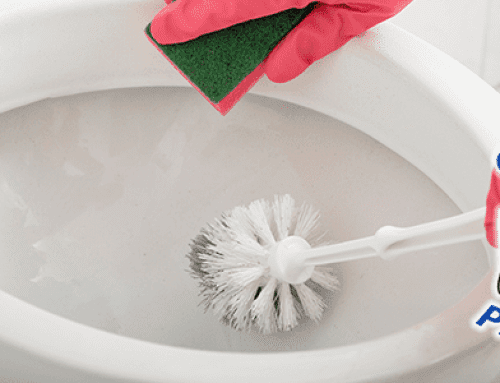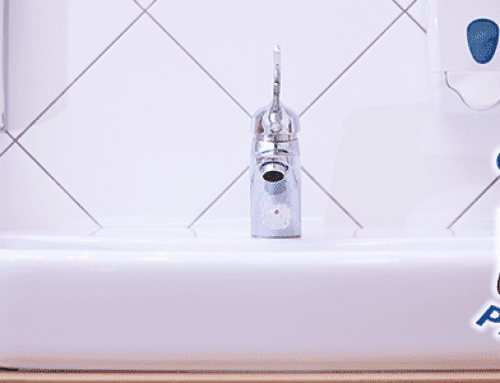Septic systems are not as common as they once were, but many homes in Florida still have a system. Some homeowners purchase their house without even realizing that there is a septic system and not a sewer system. This week, we aim to provide an introduction to septic system. We’ll cover septic system components, how the system works, and some warning signs to watch out for.
Components And Their Jobs
One of the good things about septic systems is that they really only have two main components.
- Septic Tank: Septic tanks are the underground waterproof compartments that hold waste water. The tanks are made of concrete, fiberglass, or polyurethane. Ultimately, the tank is a storage area. It allows the waste to separate into more solid sludge, water, and less dense components such as oil.
- Drainfield: A drainfield is also called a soil absorption field. It helps reintegrate the treated wastewater back into the soil.
How It Works
All of the water used in your house, from the kitchen sink to the toilet, exits the building through a single large pipe. That pipe, if you have a septic system, is where the entire process begins.
- The pipe deposits all waste water in the tank for processing.
- The tank holds the water for however long it needs in order to sort itself out. More dense solids sink to the bottom and form what is known as sludge. Less dense greases and oils rise to the top.
- The water, with the solid waste, as well as grease and oil separated from it, moves on. Wastewater with the waste removed is called effluent. When is leaves the tank, it moves onto the drainfield.
- The drainfield filters the effluent through a soil layer, which treats the effluent further.
- Finally, the drainfield percolates the treated water back into the soil. The treated water is free from bacteria and other contaminations.
Warning Signs To Keep An Eye Out For
Usually, septic systems are pretty functional. However, when they do break, the problems can be serious if they aren’t addressed. If you see those warning signs, contact a plumbing professional immediately.
- Drains start backing up with wastewater. Traditionally, people think of this happening in toilets. However, it can happen with literally any drain in the house. Sink drains, shower drains, the bathtub…you name it, if it’s a drain, wastewater may exit it if there’s a problem.
- Puddles or large amounts of mud around your septic tank are a bad sign. Usually it means that there is a leak somewhere. Unfortunately, septic system leaks are an environmental and health risk.
- A strong, waste-like odor around the septic system. This is another possible symptom of a leak. Additionally, it may mean that there is an issue with the tank.




